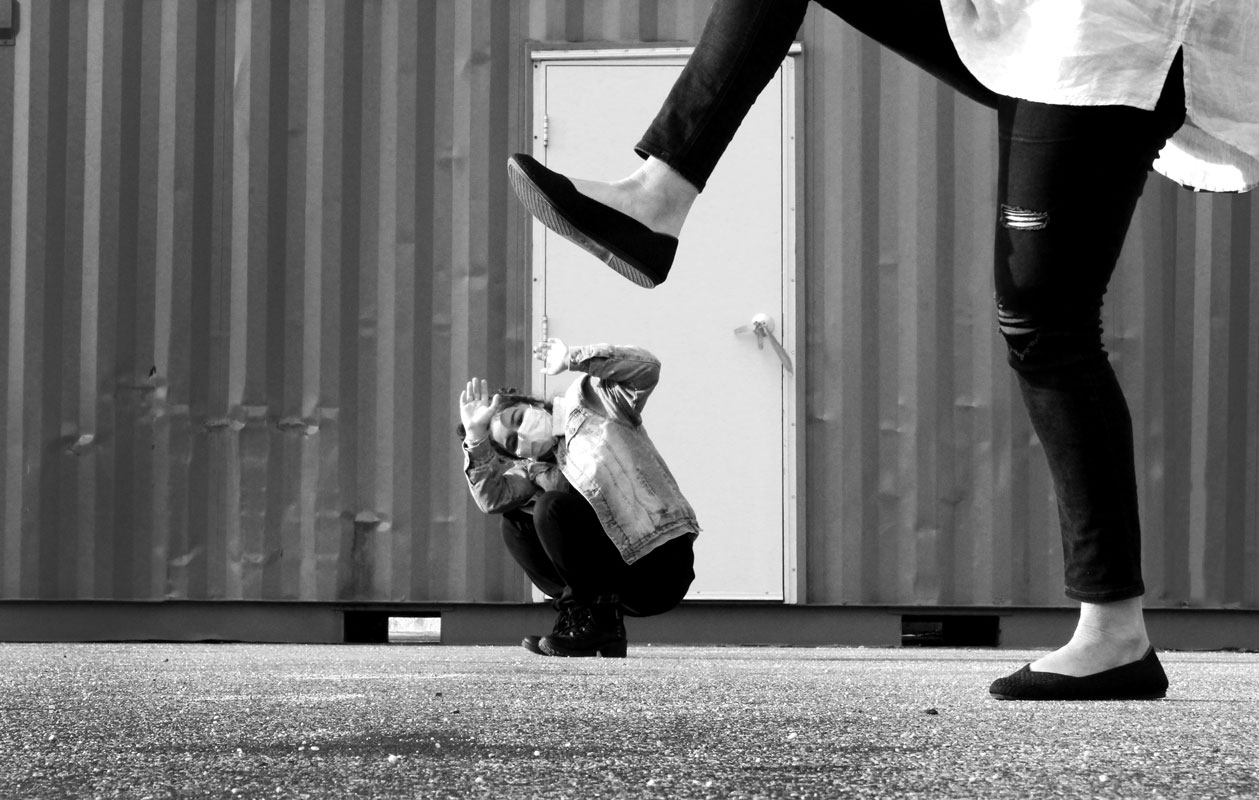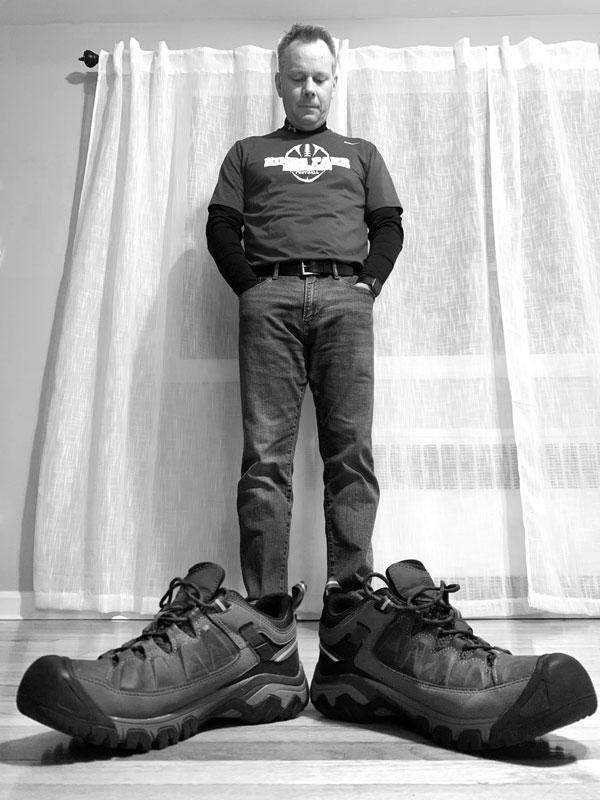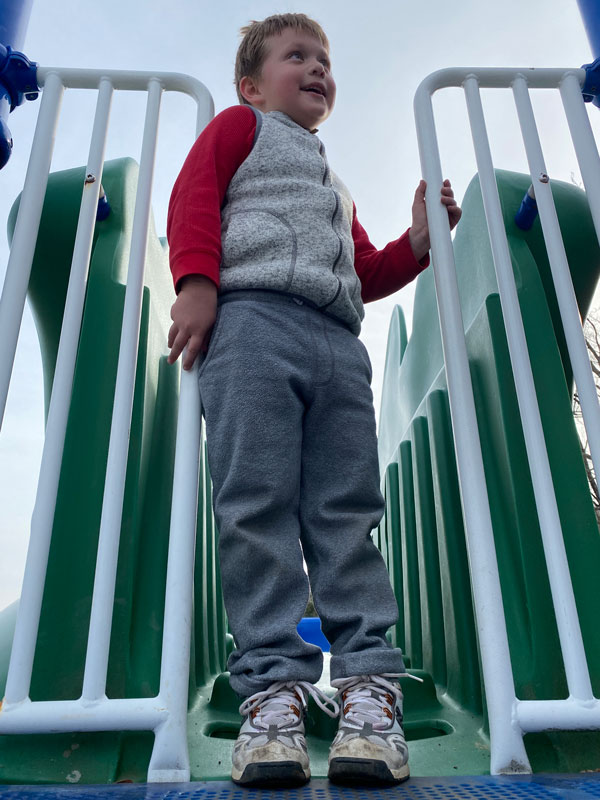A lesson and class assignment on “perspective and point of view” had Huntington High School photography students utilizing every last bit of their creativity, ingenuity and well-honed skills to come up with some dazzling images.
Art teacher Pamela Piffard-Williams taught students all about “point of view” photography. “In relation to photography, ‘point of view’ refers to the position the camera is in when taking the photo,” she told the teenagers. “It is where you are in relation to your subject.”
Students learned they can take photographs from a variety of points of view, such as eye level, bird’s eye view, worm’s eye view and dog’s eye view.
Mrs. Piffard-Williams provided the teenagers with an assortment of photographic examples of each type of view so that everyone had a clear understanding. “Angles are critical,” the teacher stressed.
Next up was an explanation of what constitutes perspective in photography. “It is quite a confusing topic,” Mrs. Piffard-Williams admitted. “It is about how you show a three-dimensional world on a two-dimensional plane. A lot depends on where you place yourself when capturing a scene. It’s defined as the sense of depth or spatial relationship between objects in a photo along with their dimensions with respect to what the viewer of the image sees.”
The teenagers learned that perspective in photography is important because it creates an illusion of a three-dimensional scene. “Perspective makes an object look further away or closer relative to other elements in your scene. Perspective gives depth,” Ms. Piffard-Williams said.
Students also learned about forced perspective. “It’s a technique that employs optical illusion to make an object appear farther away, closer, larger or smaller than it actually is,” the teacher said. “It manipulates human visual perception through the use of scaled objects and the correlation between them and the vantage point of the spectator or camera.”
Students were asked to take five photos from three different points of view and five forced perspective photos and then to edit the best shot from each of the categories for a total of four edits. No images could be taken from eye level. The results are impressive as a sample gallery shows.


